The latest issue of Weekly Famitsu included an interview with Sony Interactive Entertainment Worldwide Studios president Shuhei Yoshida to celebrate the 5th anniversary of the launch of the PS4 in Japan.
During the interview, he was asked to reminisce about the PS4 generation and hinted about what’s coming next.
Interestingly, Yoshida-san sees a generational change among gamers in Japan. The generation that is now in their forties and fifties mostly focused on single-player games. Nowadays college students in their twenties enjoy titles like Call of Duty, Rainbow Six Siege, or Overwatch. He feels that the Japanese gaming market, which used to be quite different from the rest of the world, has now blended more with the global market.
Sony Interactive Entertainment also radically changed development concepts between PS3 and PS4. While the PS3 was super-high performance, supercomputer-like, technology-driven dream of a hardware engineer, PS4 focused on ease of use and ease of development from the very beginning.
Sony’s Worldwide Studios launched a lot of titles at the very beginning, including Killzone: Shadow Fall, Infamous: Second Son, and Resogun. Switching from the PS3 generation to the PS4, the scale of development was increased with confidence. After the release schedule of the launch titles was decided, they focused on highlighting the good points of the console.
From the second year onward, they widened their horizon, with a “This can be done because this is PS4” feeling. As a side effect of this ambitious attitude, there were also some delays. On one side, there were hit games like Bloodborne, but on the other end, the studios couldn’t release as many games as planned.
After that, the games that were developed slowly but surely started to appear, and Yoshida-san feels that 2017 was the year in which the console really came into its own, even if he would have liked to publish some of the games earlier.
That being said, he is happy that lately there haven’t been as many changes in release dates. The larger the game, the more it takes to polish, and some times it can even take as long as a year. For that reason, it was decided to announce release dates only when Sony was really confident about them.
Of course, Yoshida-san was involved deeply in the PlayStation VR project, which he found very fun. Development actually started in the second half of the PS3 generation, but it wasn’t possible to make it work on PS3, so he thought that it would be feasible on PS4. The timing was right, and people realized that virtual reality could be fun during the generation of the PS4.
As a company that delivers entertainment, it’s in Sony’s DNA to leverage new innovation and technology. It’s important for them to monitor how user experience will evolve from now on, and this includes VR, AR, and Mixed Reality.
Yoshida-san then talked about the advent of the PS4 Pro, which was a very easy change for developers. On PC every year new GPUs are released, and the architecture continues to change. Compared to that, Sony has a policy of not having any exclusive games for PS4 Pro, and all games have to work on PS4, which means that the development pace doesn’t change. PS4 Pro also doesn’t bring a significant increase in memory.
Since there is no large increase in memory, it’s not possible to have much higher detail textures only for PS4 Pro. Therefore, developers can use the same assets for both consoles, while the PS4’s CPU and GPU can help improve overall resolution or the frame rate.
While only PS4 Pro can display the game in 4K, the assets made for PS4 still look good. Therefore, without adding much to development costs, PS4 Pro can make the game looks more beautiful. Yoshida-san feels that this was a good design decision.
Asked what are the goals set for Sony’s Worldwide Studios, Yoshida-san mentioned that compared to the PS3 era Sony opted to make fewer games but to increase the scale and quality of each title. He is particularly pleased by the results of Horizon Zero Dawn, Detroit: Become Human, and Marvel’s Spider-Man, which even sold well in Japan and were praised even more than expected.
It appears that Sony managed to change the previous situation which saw them having issues getting first-party games from western studios noticed in Japan even if they were good.
Lastly, he mentions that everything announced by Sony’s Japan Studio in the past two years has been released, with the exception of Everybody’s Gold VR. Nothing else has been announced after that, yet, while looking at the current market flow, and setting the aim high, Yoshida-san would like to release games which showcase the creativity unique to Japanese studios.
Source: Weekly Famitsu

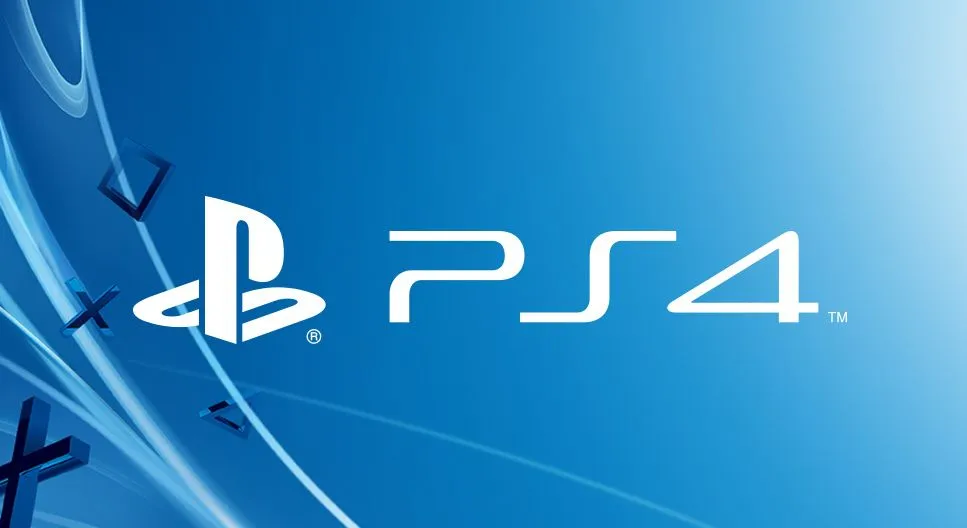
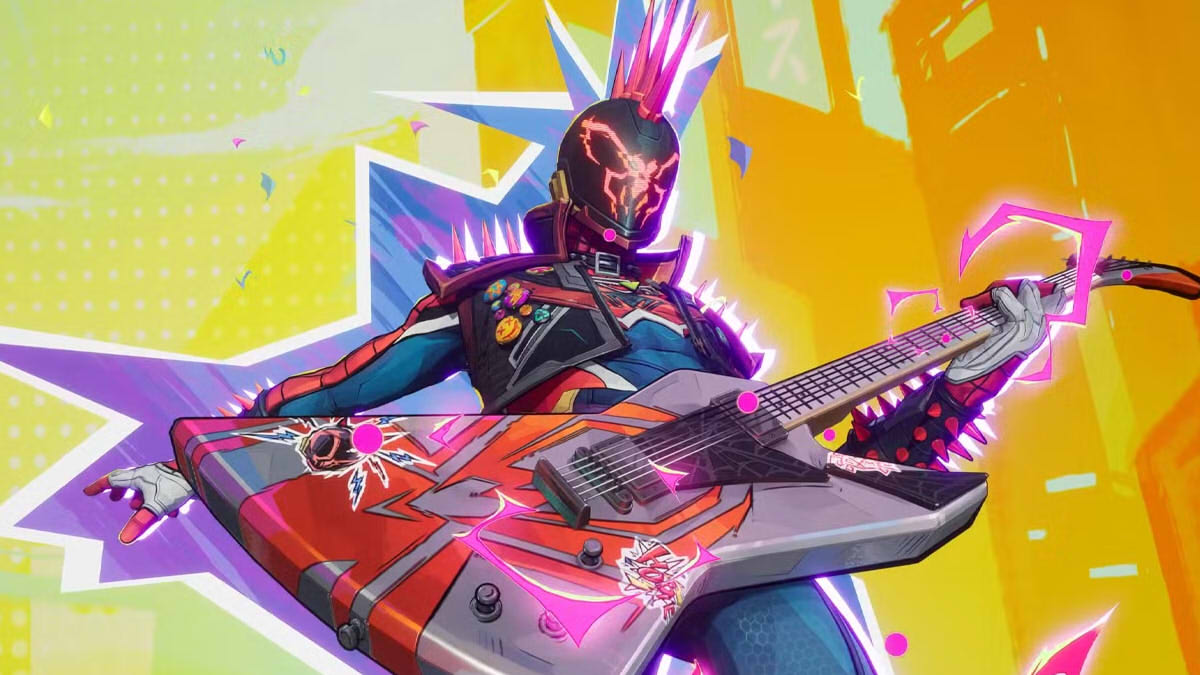
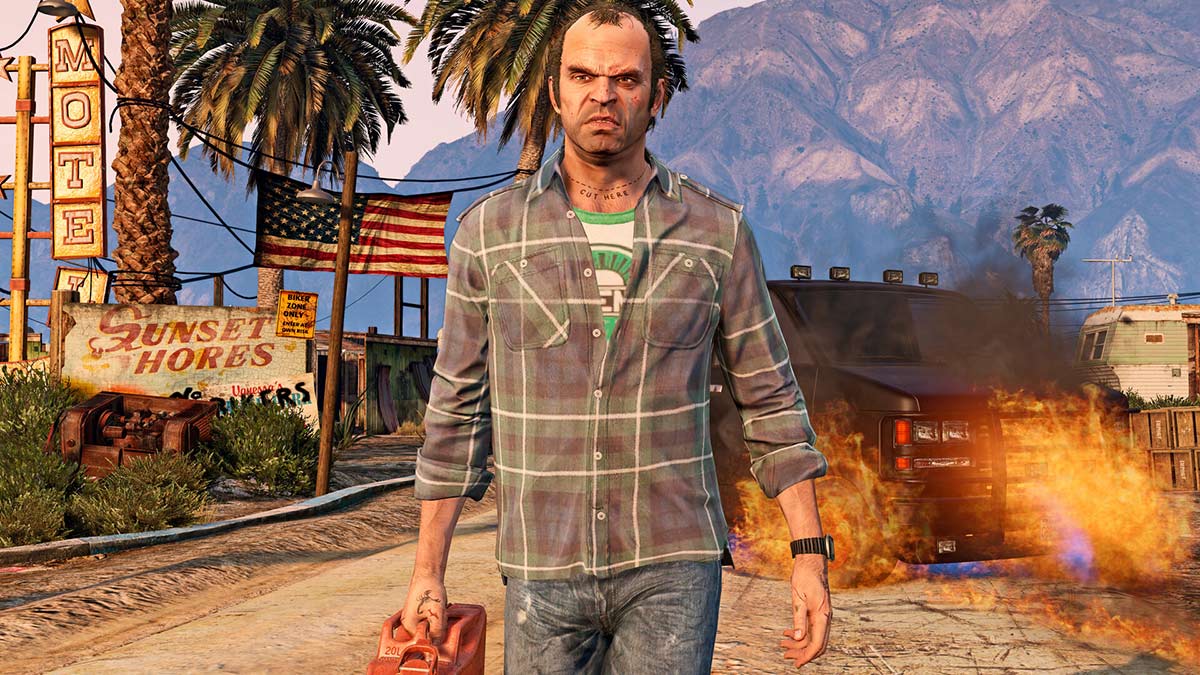
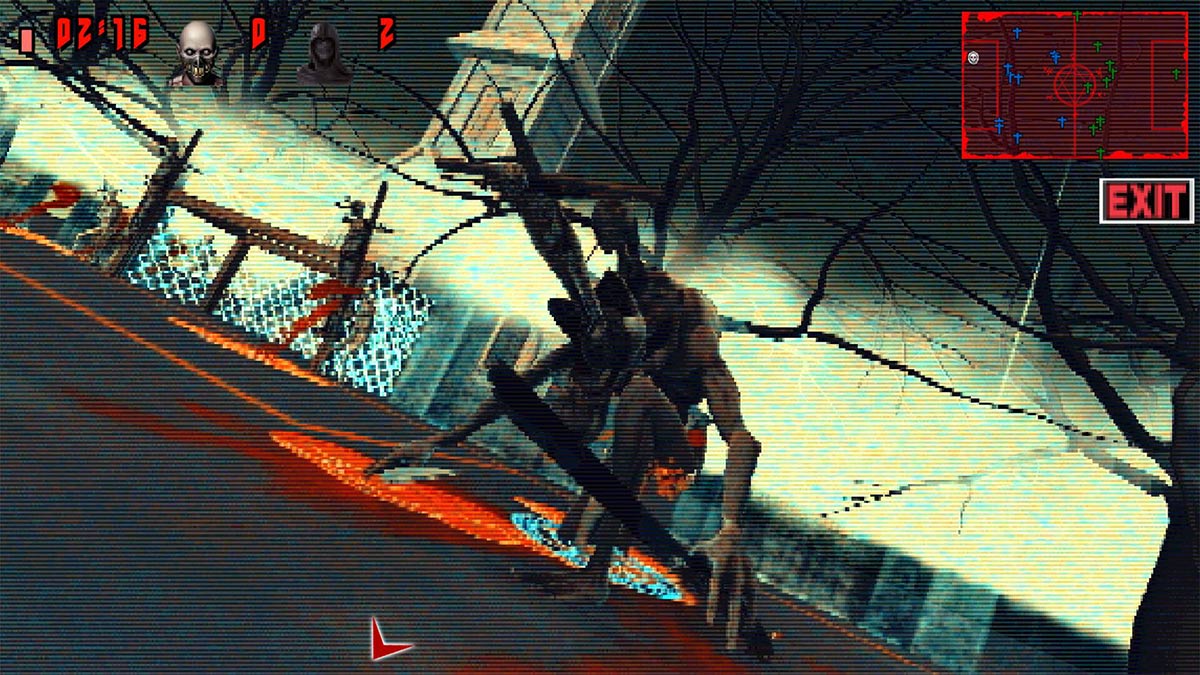







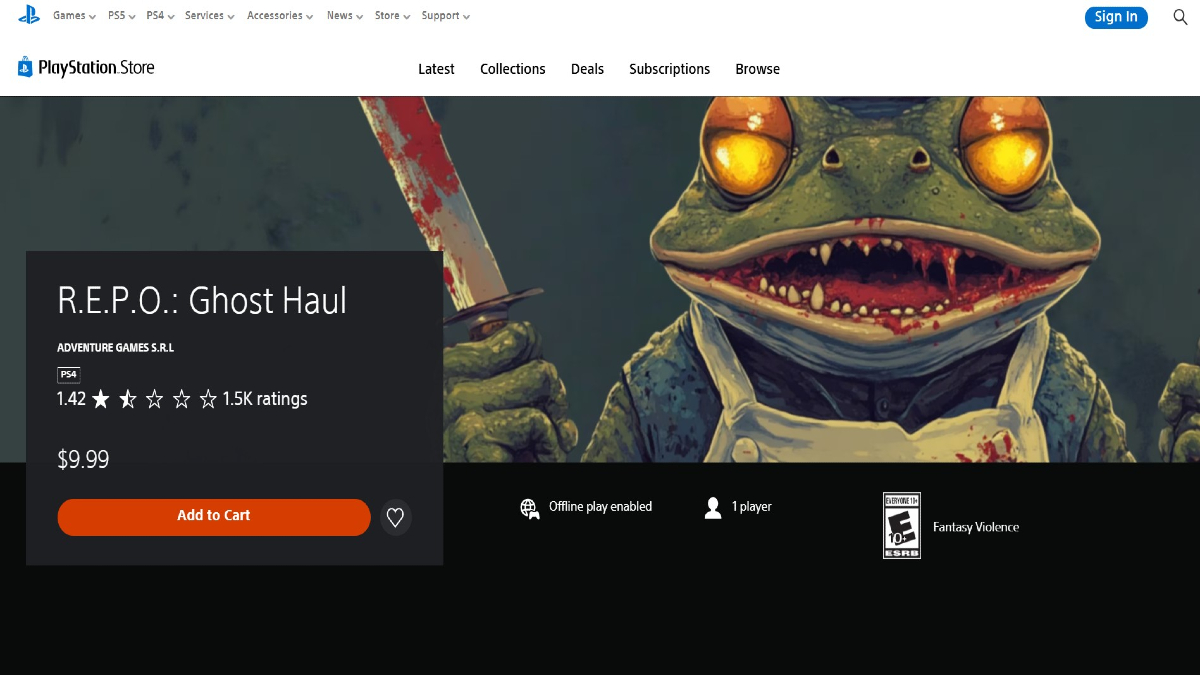
Updated: Feb 20, 2019 03:41 pm